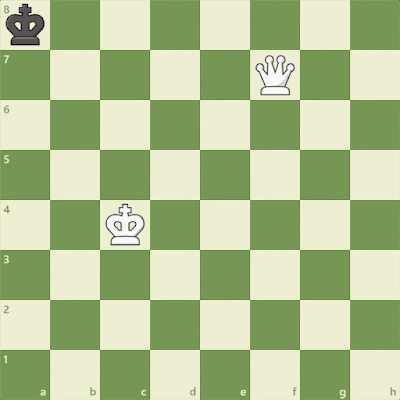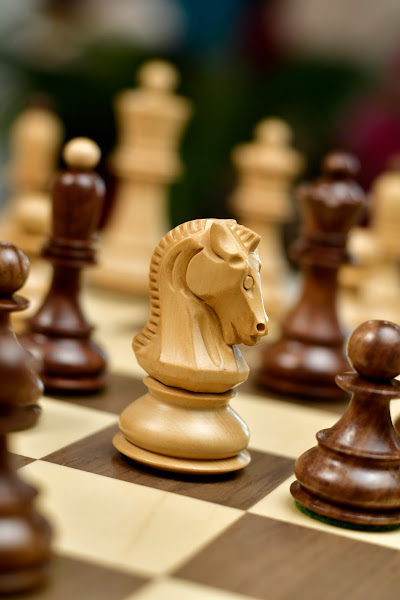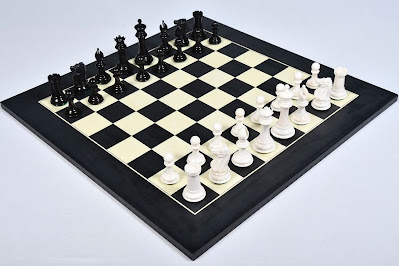The Stalemate: Its better to get draw than lose!
In the world of chess, stalemate is a very interesting situation, often met with mixed feelings of relief or frustration by players. In a chess tournament, the stalemate rule carries significant value, changing the outcome of a game and impacting players' standings.
In a chess board, two players engage in a battle of wits. Pieces are strategically position, pieces are being sacrificed, and strategies executed. With only few pieces left on the board, suddenly one player realizes he have no legal moves left, yet their king isn't in check. This is the moment of stalemate.
Unlike checkmate, where one player's king is threatened with capture and cannot escape, stalemate occurs when a player has no legal moves and their king isn't in check. In a tournament setting, this rule is pivotal. A stalemate results in a draw, granting each player half a point.
This rule adds layers of complexity to the game, forcing players to consider not only how to win but also how to avoid a stalemate. It encourages creativity, strategic planning, and precision.
Ultimately, the stalemate rule in chess tournaments serves as a reminder of the game's depth and unpredictability. It highlights the importance of foresight, adaptability, and the ever-present possibility of an unexpected outcome on the 64-square battlefield. If you are new to chess knowing some important chess rule like check, checkmate & Stalemate is very much important to improve in chess.




Comments
Post a Comment